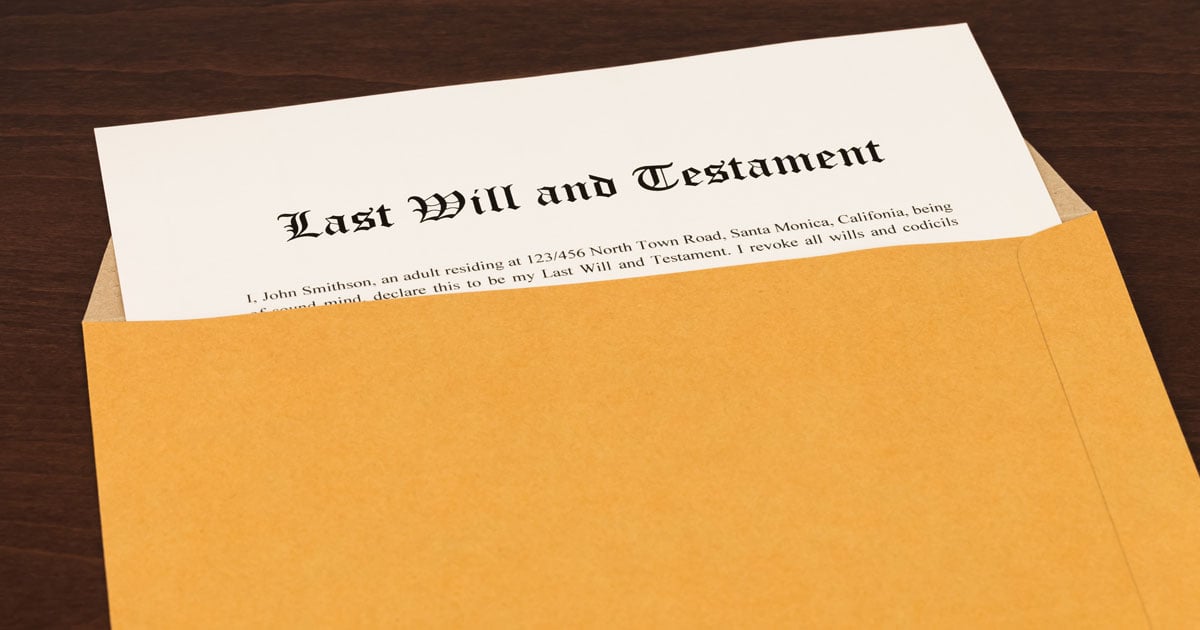The High Court has clarified the relationship between successive trustees in the recent decision of Naaman v Jaken Properties. Tasman Fleming, barrister and nationally accredited mediator (NMAS) and adjunct lecturer at the College of Law, reviews this significant case which addresses whether a successor trustee owes fiduciary obligations to a former trustee in respect of that former trustee's right of indemnity.
This article examines the practical implications of the 4:3 majority decision that rejected such an obligation, creating important precedent for trustees, legal advisors, and judgment creditors alike.
Key Findings: Fiduciary relationships between successive trustees
"This was an interesting case with a very narrow margin—a 4/3 split," Tasman explains. "It involved a judgment creditor of the former trustee acting under a subrogated right – in this case, an insurer's right to sue in your name to recover expenses. The right of indemnity, or ROI, means that the trustee can be reimbursed."
Tasman notes the longstanding principle that trustees should not bear the financial burden of their office.
"There is longstanding authority that someone who acts as a trustee does not bear the financial burden of that office. They are not liable for costs and can be repaid fully for their expenses, provided they are properly incurred in the execution of their duties. It also means the trustee has a beneficial interest in the trust."
Tasman continues, "This position hasn't changed, there is still a ROI, however, if there are no funds left in the trust, then there will be no ability to recover these expenses."
The High Court stated the principle clearly: "A successor trustee does not owe a fiduciary obligation to a former trustee in respect of the entitlement of the former trustee to indemnification out of the trust assets or the commensurate beneficial interest that the former trustee has in the trust assets. This is the answer to the question of the equitable principle, consistent with the majority of the Court of Appeal.”
The Naaman v Jaken Case: Serious findings of misconduct
The case involved substantial misconduct by the relevant parties. Naaman had received a judgment in the Supreme Court of New South Wales in the amount of $3,446,755.55 against JPG.
"The Court made very serious findings about Mr. Naaman's conduct in relation to several transactions, including properties being sold at a gross undervalue to the market price, related transactions, and a pattern of conduct depleting assets in the face of Naaman's claim 'which appear to be gratuitous and have no commercial purpose,'(at [491]),” Tasman explains.
“The Court accepted submissions that Jaken was engaged in a dishonest and fraudulent design to divest itself of property which it held subject to fiduciary duties for JPG and was knowingly assisted in that dishonest and fraudulent design by both Peter Sleiman as shadow or de facto director and Tony Sleiman as the named director."
Despite these findings, the High Court dismissed the appeal from the Court of Appeal, clarifying that no fiduciary duty was owed by the successor trustee to the former trustee.
“Given it was a majority decision it is interesting to see the dissenting judgment given by Gordon, Edelman and Seward JJ,” Tasman says.
Quoting the dissent: “The issue in the appeal is not resolved by looking only at the nature or extent of the former trustee's rights against the trust fund or only by recognising that the successor trustee holds property in which the former trustee has a preferred equitable proprietary interest. Rather, the issue is to be decided by recognising, first, that the former trustee in this case had an existing right of exoneration out of the trust property (not merely a contingent right) which gave rise to equitable proprietary rights in relation to the trust estate and, second, that the successor trustee was bound to prioritise that right over the claims of the beneficiaries of the trust.” (at [92])
In Tasman’s view the case is unlikely to be revisited in the near future.
“Given the serious and complex scenario and also the clear findings of the trial judge, however, the dissenting Justices give a careful reasoned Judgment of why a trustee owes a fiduciary duty to a former trustee,” Tasman says.
Practical Implications: Protecting Trustees and Judgment Creditors
When asked about the practical implications, Tasman notes that the decision leaves former trustees in a vulnerable position.
"The decision doesn't change the right of indemnity, but it may mean that there is no ability to recover given the fiduciary relationship is not there," Tasman says. “There are other remedies which can flow from a fiduciary duty, principally equitable compensation, but these other remedies are not available, meaning the trustee could not pursue third parties in pursuit of their indemnity.”
"So this means that even where there has been fraud and money has been intentionally moved, the trail will stop there if it involves a successive trustee. This is contrasted with the position of a beneficiary under a will who is dealing with a current executor or trustee. There is a fiduciary duty there which exists, so the trustee could be required to account, or provide an equitable account, or be removed by application to court. These options are not open to a former trustee."
Tasman concludes with a cautionary note for practitioners:
"This [decision] impacts not only trustees but possibly more likely the broader community and judgment creditors. The decision will make recovery in these instances very fraught. Even in circumstances in which serious findings are made, there will not be a fiduciary duty owed to a previous trustee. When commencing litigation against a party, it will be necessary to carefully assess what, if any, funds will be available for recovery even under a subrogated right."






































![How to handle Direct Speech after Gan v Xie [2023] NSWCA 163](https://images4.cmp.optimizely.com/assets/Lawyer+Up+direct+speech+in+drafting+NSW+legislation+OCT232.jpg/Zz1hNDU4YzQyMjQzNzkxMWVmYjFlNGY2ODk3ZWMxNzE0Mw==)






























































